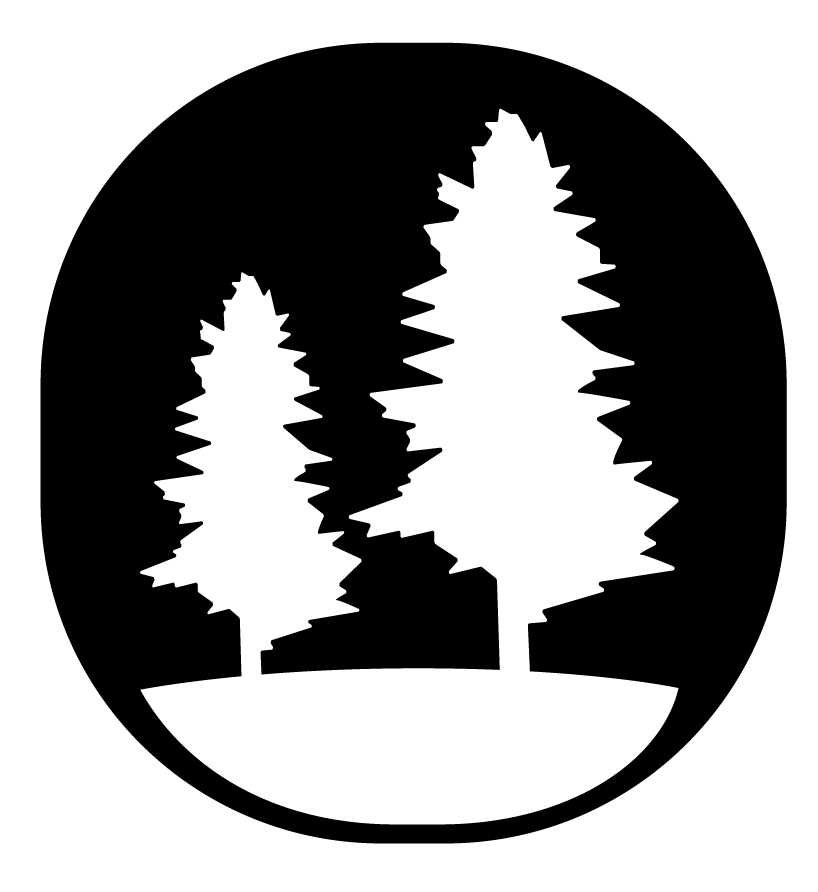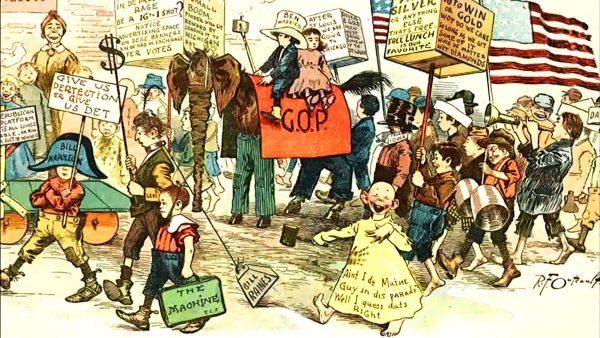 Most people get their news from online sources such as Facebook, Instagram, ABC News, and more. Getting news from social media is not guaranteed reliable information because the news may be slanted or sensationalized. This is a form of what’s called Yellow Journalism, which is about sensationalism. It has dramatization and sensationalism of stories. It’s quite literally news that is put out there simply for entertainment purposes, whether it is true or not. It’s commonly known as CLICKBAIT!
Most people get their news from online sources such as Facebook, Instagram, ABC News, and more. Getting news from social media is not guaranteed reliable information because the news may be slanted or sensationalized. This is a form of what’s called Yellow Journalism, which is about sensationalism. It has dramatization and sensationalism of stories. It’s quite literally news that is put out there simply for entertainment purposes, whether it is true or not. It’s commonly known as CLICKBAIT!
Yellow Journalism started when Joseph Pulitzer and William Randolph Hearst published rumors of a plot to sink “The Maine,” the U.S. battleship, in Havana Harbor, Cuba Later, an investigation reported the explosion having come from a mine in the harbor. Beginning in May of 1898, the Spanish-American War began.
Teresa Josten is a professor at both Pierce College and Tacoma Community College. She teaches 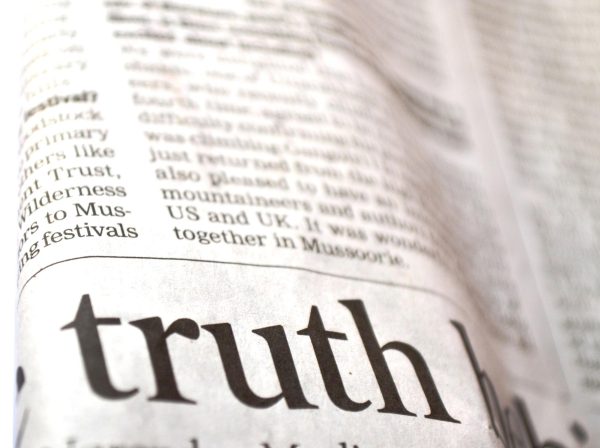 communication, journalism and college success. She earned her bachelor’s degree at Gonzaga University and her master’s degree at Washington State University. She studied at The Poynter Institute for Media Studies as a part of a fellowship after graduating from WSU.
communication, journalism and college success. She earned her bachelor’s degree at Gonzaga University and her master’s degree at Washington State University. She studied at The Poynter Institute for Media Studies as a part of a fellowship after graduating from WSU.
“It’s been said the war began because of these two New York newspaper publishers,” says Josten. “Imagine a time when newspapers and their publishers were that influential. And Yellow Journalism still exists today when misinformation and disinformation go viral. We need to be careful about the information we share.”
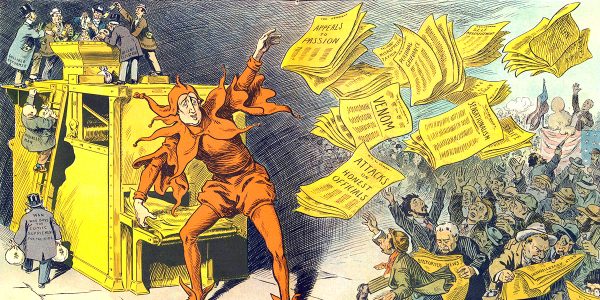 There is a debate about whether student journalists are real journalists or not. What is journalism anyway? Journalism is writing news for newspapers, magazines, and even news websites, preparing it to be broadcast. Student journalists are indeed journalists. So, why are student journalists held to a higher standard than the general public? Student journalists are held to a higher standard than the general public because they learn the fundamentals of journalism. They are trained in the code of ethics and responsibilities, and to state facts rather than opinions.
There is a debate about whether student journalists are real journalists or not. What is journalism anyway? Journalism is writing news for newspapers, magazines, and even news websites, preparing it to be broadcast. Student journalists are indeed journalists. So, why are student journalists held to a higher standard than the general public? Student journalists are held to a higher standard than the general public because they learn the fundamentals of journalism. They are trained in the code of ethics and responsibilities, and to state facts rather than opinions.
“Student journalists are held to a higher standard than the general public for a couple reasons,”
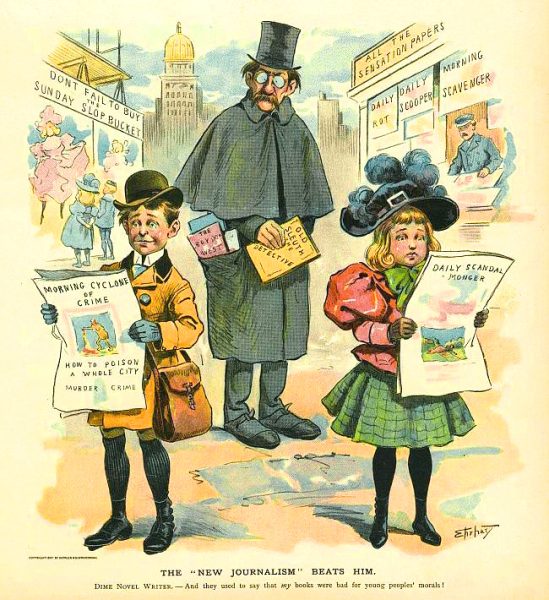
Josten says, “first, student journalists have been trained on appropriate and legal behavior. These students follow an ethical code established by a professional organization, and they also know their legal rights and responsibilities. Second, student journalists are practicing a craft and might someday work in journalism. They need to report and write with accuracy and credibility. The expectation is that even though they are students, they are journalists. Community members also expect quality and accurate information from journalists.”
“When I first began working at newspapers, we would need to develop photos on film, and the pages were created by printing legs of copy, waxing those leg and then pasting them on the newspaper mock-ups,” Josten says, “when I left public relations, we were digitally taking photos, paginating the newspaper pages on the computer, and creating simple videos. Now, journalism is digital first, and this enables so many more exciting ways to tell stories.”
If you would like to learn more about yellow journalism, you can do so here:
https://bit.ly/40ifR1J
